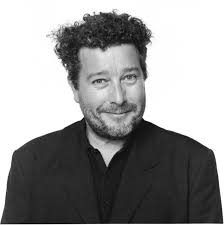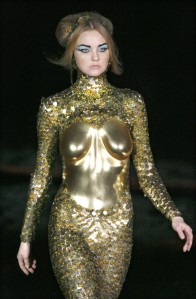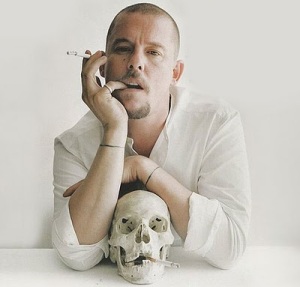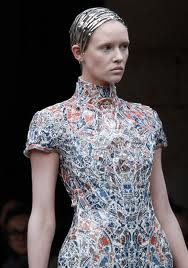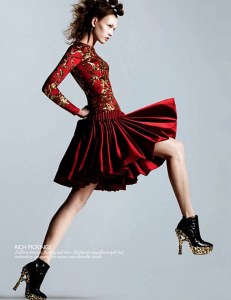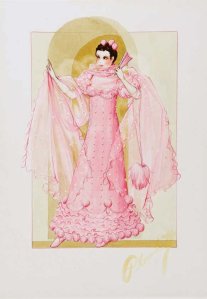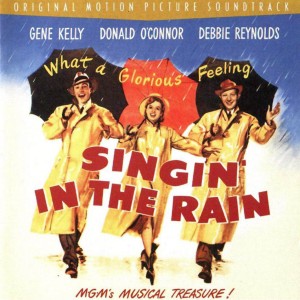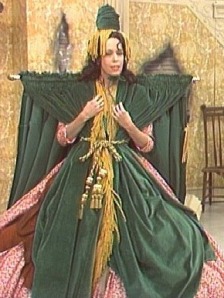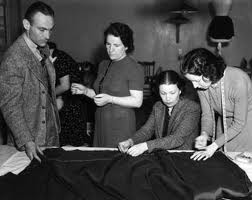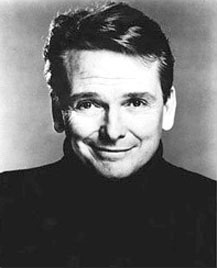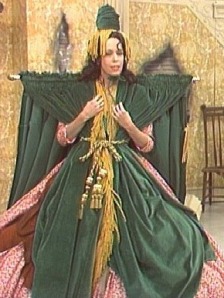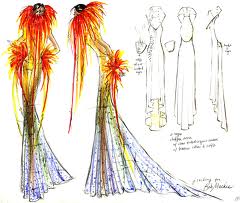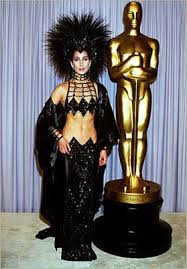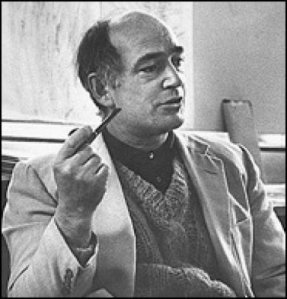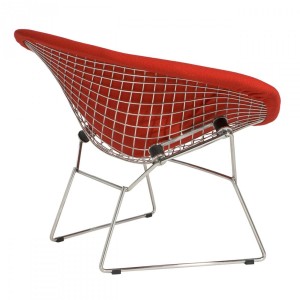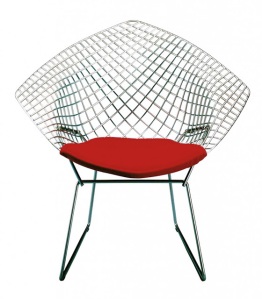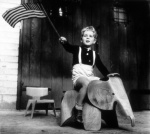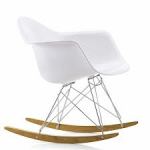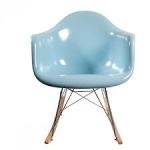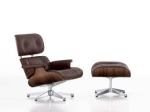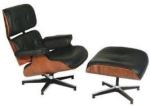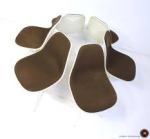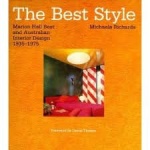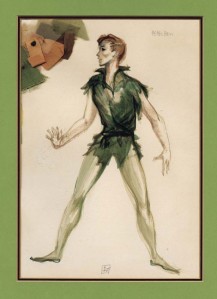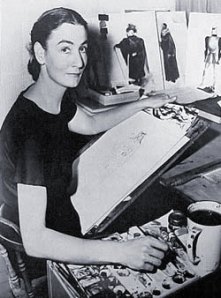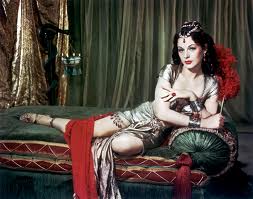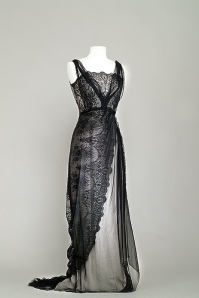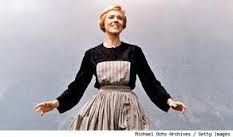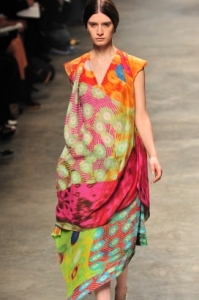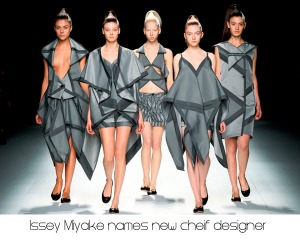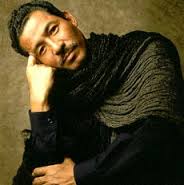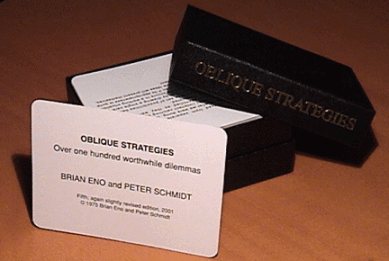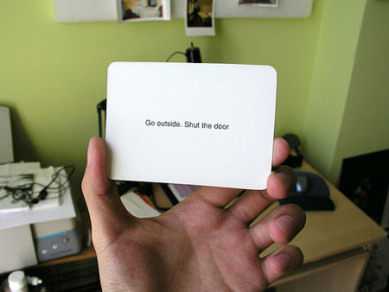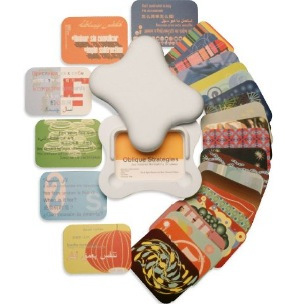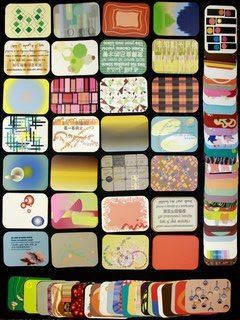Starck’s furniture designs, he is widely known for his designs for the Italian manufacturer Kartell, many of which are made from polycarbonate plastic. These include the transparent Louis Ghost chair, Ero|S| chair, Bubble Club Sofa and Armchair, and La Bohème stool. He has also been involved in the relaunch of the World War II-era Navy Chair in the U.S., designing a classic furniture collection around it.
The Bubble Club chair is featured prominently in the television series Boston Legal. A pair sit on the balcony outside Denny Crane’s office, where he and Alan Shore end each episode with a cigar and a glass of Scotch while discussing the events of the episode.
The Louis Ghost chair is also featured in Ugly Betty: two such chairs can be seen front of Wilhelmina’s desk in the 2010 episodes.
Starck’s furniture has been featured at Pinkberry locations.
Among his interior designs for restaurants, Starck designed the Felix restaurant-bar at The Peninsula Hong Kong, a classic hotel facing the Hong Kong harbour on the Kowloon side. This design, located on the 28th floor, is known for several design features including the men’s washroom, which features urinals facing glass, and a spectacular view of the Hong Kong cityscape.
An earlier design by Starck, now world famous, was for the Café Costes in Paris (1984).
His design presence is heavily noted in Los Angeles, where his work is evident in numerous trendy restaurants, lounges and nightclubs including Katsuya, XIV by Michael Mina, The Bazaar at SLS Beverly HIlls, and s-bar Hollywood.In 1988, Starck was commissioned by famed nightclub impresario Ian Schrager, former co-owner of Studio 54, to refit the Royalton Hotel on New York’s West 44th Street. It was a design moment that has since changed the hotel industry; boutique hotels, where hotel design is an important factor, became the industry buzz.
The Starck-Schrager design hotel partnerships continued in New York at the Paramount hotel, and then spread to Miami with the opening of the Delano Hotel in South Beach in 1995, to Los Angeles with the Mondrian Hotel in December 1996,[14][15] to London with both the St. Martins Lane hotel in 1999 and the Sanderson hotel in 2000, to San Francisco with the Clift hotel, and finally back to New York with the Hudson hotel, with what is described as “Cheap Chic”.
The look and feel of Starck-Schrager hotels has been highly influential, including the approaches at Starwood‘s W hotels.
Starck also designed Jia, the first Philippe Starck-designed boutique hotel in Asia.
From 2007 until 2022, Starck is under an exclusive contract with nightclub mogul Sam Nazarian to design Nazarian’s new hotel brand, SLS Hotels. The first property, SLS Los Angeles at Beverly Hills (a massive renovation of the former Le Méridien At Beverly Hills), was opened on October 28, 2008, and was entirely designed by Starck. The hotel lobby features unique Starck-designed display cases presenting rotating design items curated by gallerist Murray Moss.From December 2007, Philippe Starck and his daughter Ara were involved in the redecoration of public areas at Le Meurice, Paris.Through residential design company Yoo Ltd, Starck has been involved in the development of several properties featuring Starck interiors.His work with the Pramac energy group, has produced a design for windmills that also function as wind instruments.

